We arrived in El Salvador which is the smallest and most densely populated country in Central America. Still recovering from years of civil war this country is not yet travelled much. It is however a surfers paradise having huge surf on its Pacific Ocean shores. We headed for the Pacific coast and decided to spend a night at a surfers hang out. We watched as the surfers rode the huge waves with such ease, young men and women living a life many dream of, surfing and then resting on hammocks in the warm ocean breezes.
Enlarge
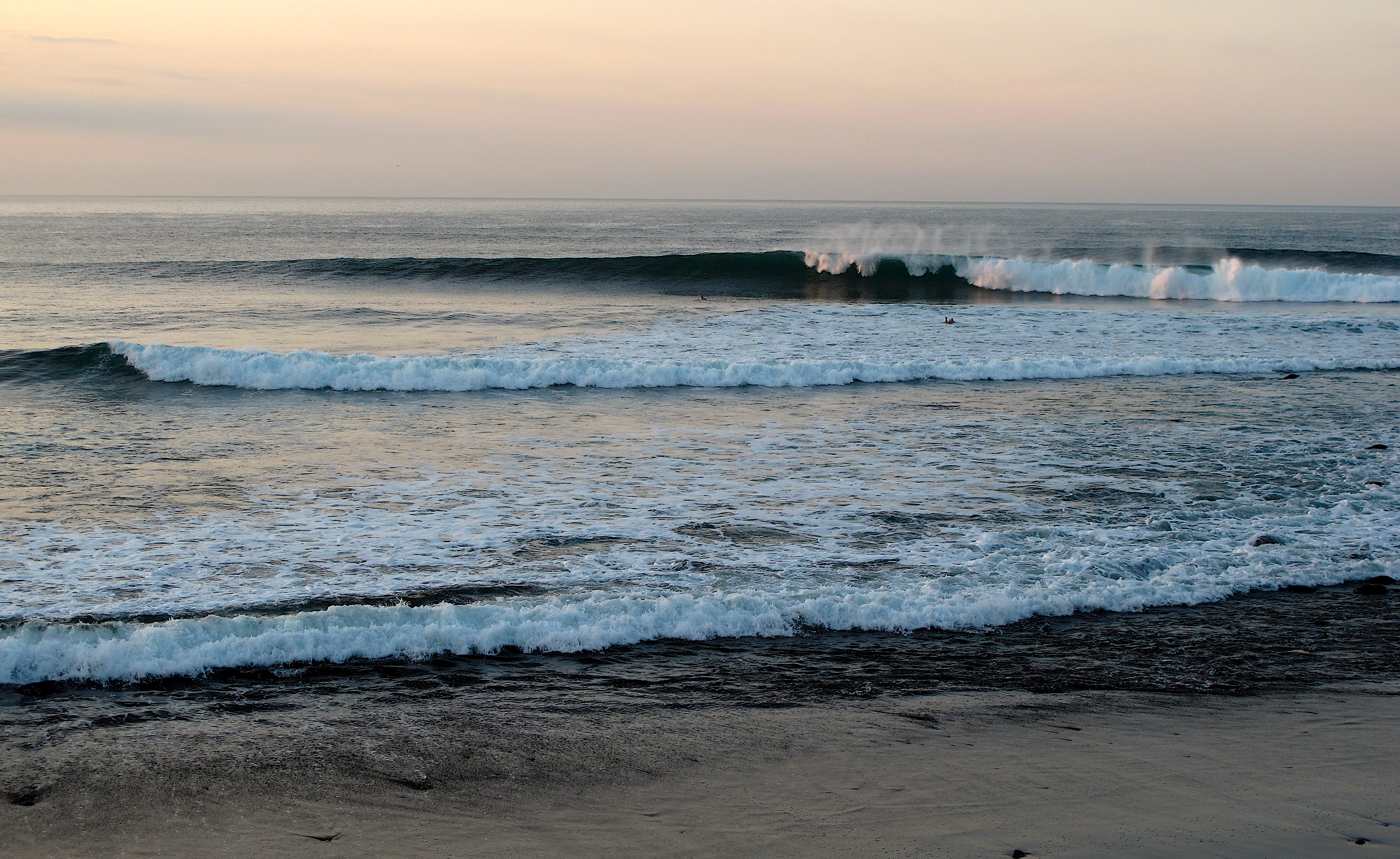
Adventurouspirits
Enlarge

Adventurouspirits
The country is so small we only drove 375km to cross it and the following day we arrived at the infamous El Amatillo border crossing. There is only one way to face such borders; a huge dose of patience, keep ones sense of humor and not say much. The border is nearly as bureaucratic as Egypt, with the amount of paperwork they demanded, and it is nearly as disorganized and secretive as Mauritania. Still not our worst border crossing but it is up there.
We finally were through and about to have our funniest police road block ever.We have been through hundreds of police and military roadblocks on our travels. We have heard every excuse in the book as to why we need to pay the police officers. We have been arrested; threatened to have our car impounded, guns pointed at us, and blatant demands made for payments before we will be allowed to continue. We have never yet paid a bribe or given into a demand. However, we are always anxious heading out onto a road, which is known for corrupt police officials who demand payment for various reasons. The road between El Salvador and Nicaragua that passes through Honduras has a bad reputation, so bad that often travellers will make a several hundred km detour just to avoid facing the Honduran police. We knew there would be eight police roadblocks on that stretch of road and it is less than 100km, but we were ready. We had a fire extinguisher, red triangles, and reflective vests, red and white reflective tape on the truck and spare tape because we knew they would tell us that the tape was in the wrong place. No problem we have extra where would you like us to put it. We felt we were ready for anything they might demand to see. We also knew the oldest trick in the book was to ask to see our driver’s licence then refuse to give it back unless we pay them. We travel with several drivers’ licences and never ever hand over our originals.
When we know there will be police road blocks I always drive so Tom can focus on the negotiation, as it would never occur them that I could negotiate. It leaves me to focus on the driving and ready for a quick pull off.
We went through the eight roadblocks and were pulled over each time. We go through the process like a well-oiled machine; Tom refuses to pay and we wait if necessary and soon we are on our way again. Until we met a young police officer who tries the familiar, “I won’t give you your driver licence back until you pay me $50.00,” we argue, soon he is offering it back to me at $20.00 and when we refuse the conversation stalls and he refuses to budge. It is time for serious action to get my licence back.
The police officer who had my driver’s licence was at the passenger window talking to Tom but it was time for me to act. I leaned over and asked a question and got the answer I knew was coming, “NO.” I looked at the police in despair and throwing my arms into the air began to wail on the top of my lungs, beating my head and causing a huge scene. I could not look at the policeman so waited until I got the all clear from Tom, which came within seconds, “I have your drivers licence back,” says Tom and we drive off in gals of laughter. Tom could hardly contain himself as he described to me the policeman’s face as I began to wail, he described it as “little boy who had just got into trouble with his mother.” Yes I was old enough to be the mother of the policeman and yes he should get a scolding from his mother for such bad behaviour. We made it through Honduras without breaking our record of over 100,000km of travel and never paying corrupt officials.
Once in Nicaragua we headed for the colonial town of Granada located on the shore of Lake Nicaragua. It is a quaint town with the usual central plaza serving as the meeting place for both locals and tourists. We decide to spoil ourselves with a night in a hotel. We had the best fish and chips at the local Irish Pub before climbing into a real comfortable bed after a soak in a tub, such luxury.
Enlarge
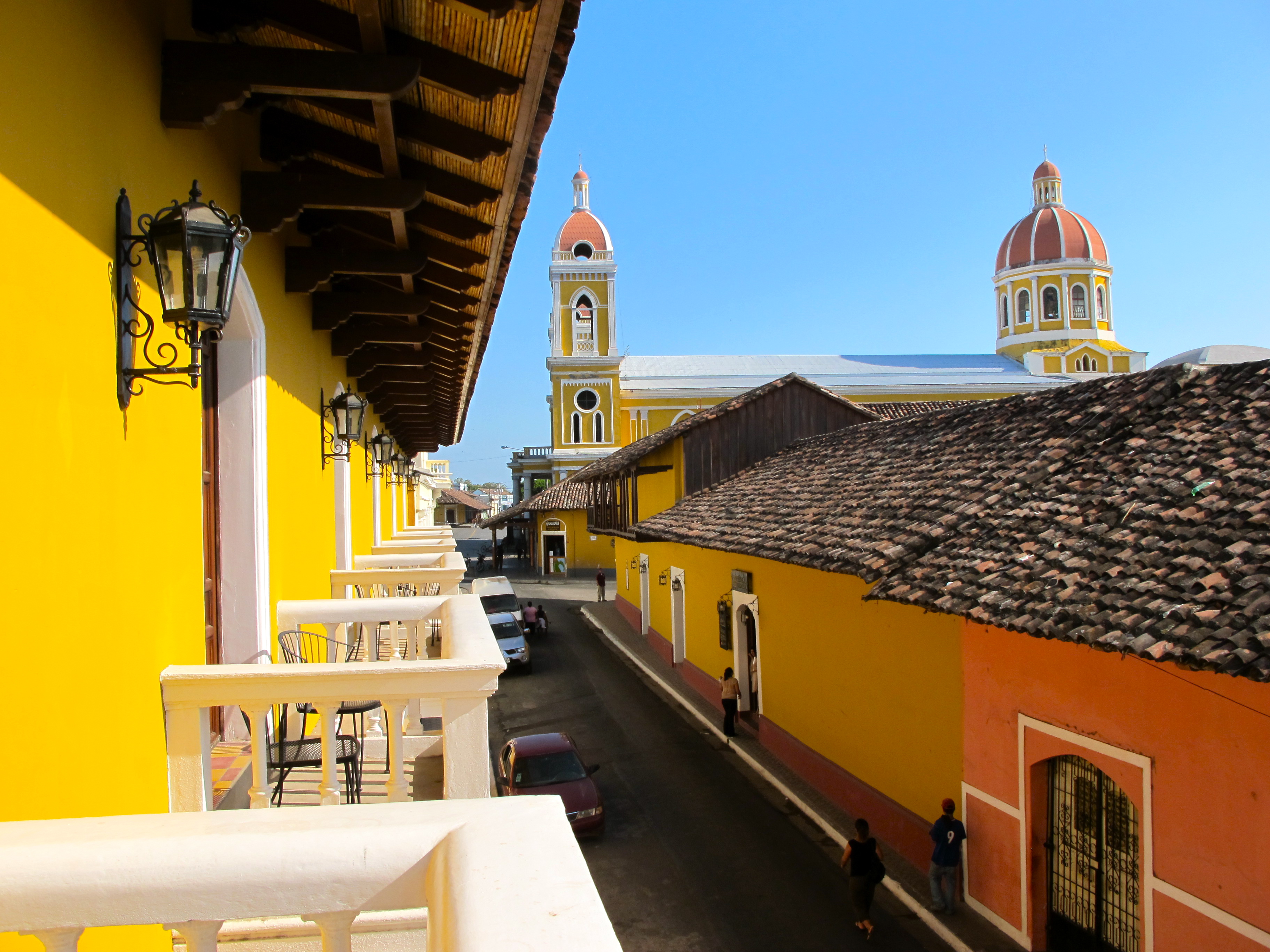
Adventurouspirits
Enlarge
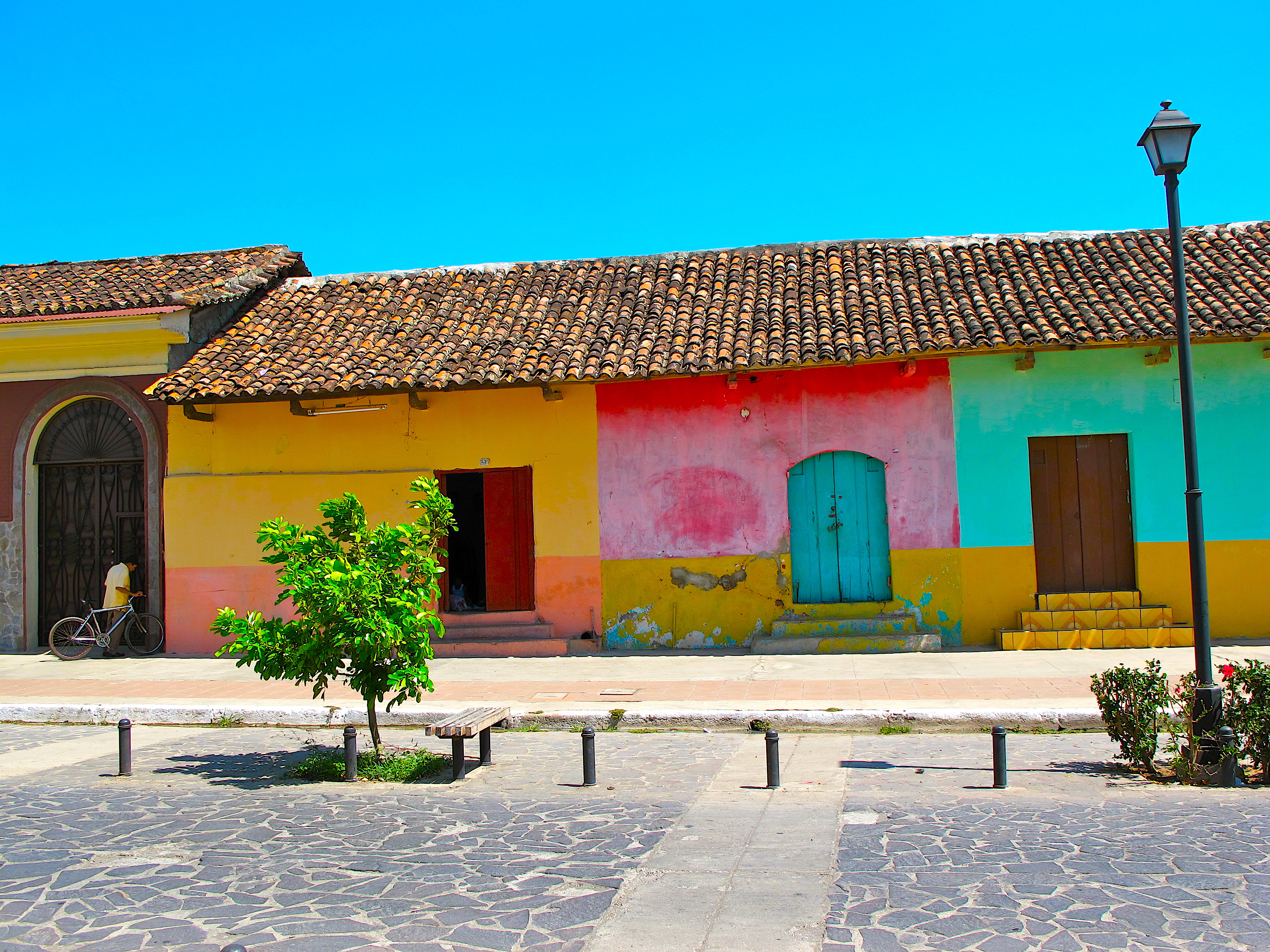
Adventurouspirits
Reserva Natural Laguna de Apoyo is one of Nicaragua’s most beautiful locations. A stunning crater lake of blue warm water with “healing properties” which was created by a massive volcanic explosion over 20,000 years ago. It is also home to unique fish species, howler monkeys, colourful noisy birds and huge frogs who croak loudly at night creating such a racket that it sounds like a Harley Davidson bikers rally. We camped on the shore with fellow overlanders Espen and Malin from Norway and Alex and Monika from Switzerland. We are all on route from Alaska to Argentina. We had fun sharing travel stories, campsite GPS locations and exploring the area around the lake.
Enlarge
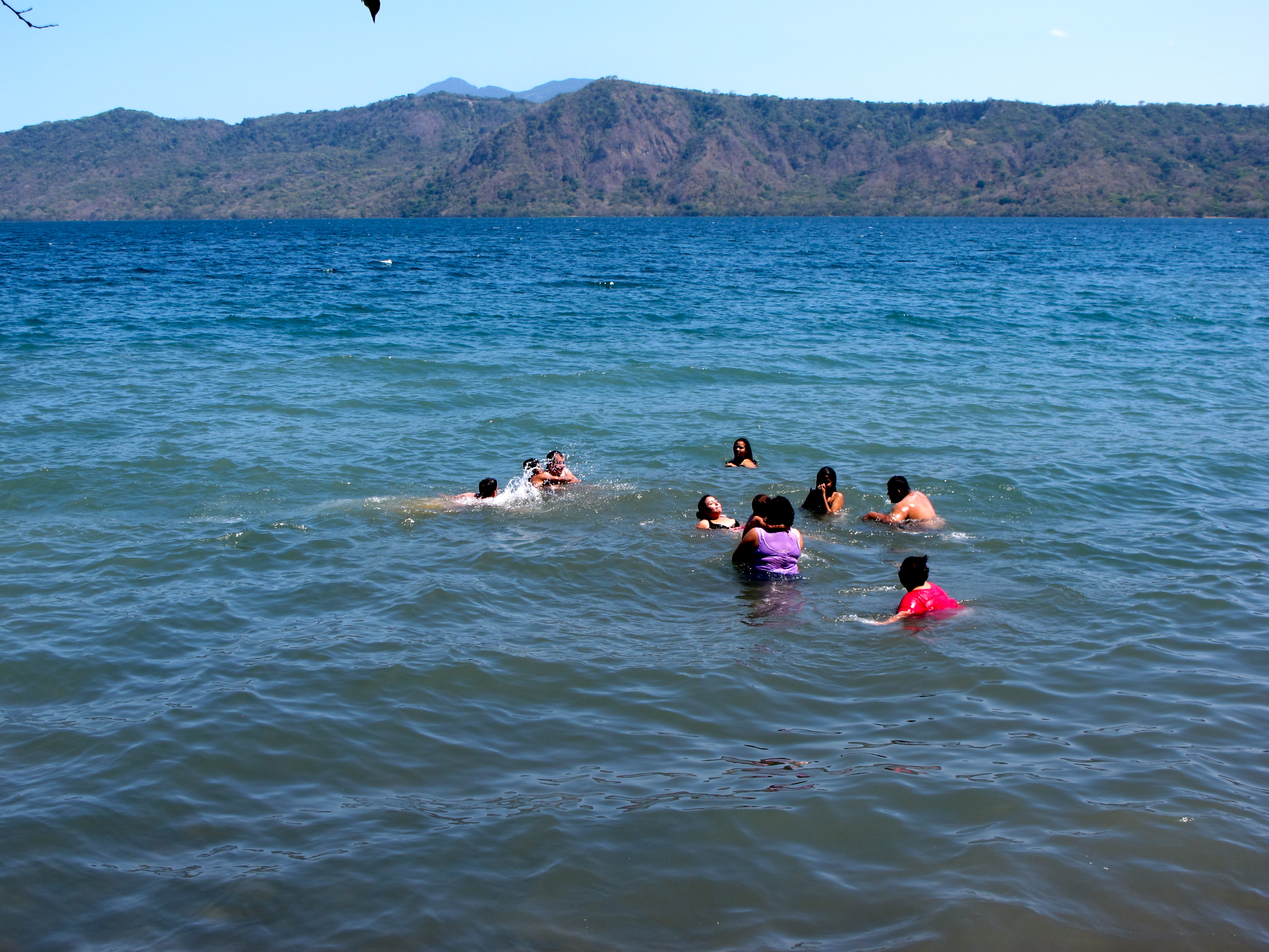
Adventurouspirits
Enlarge

Adventurouspirits
Enlarge

Adventurouspirits
Enlarge
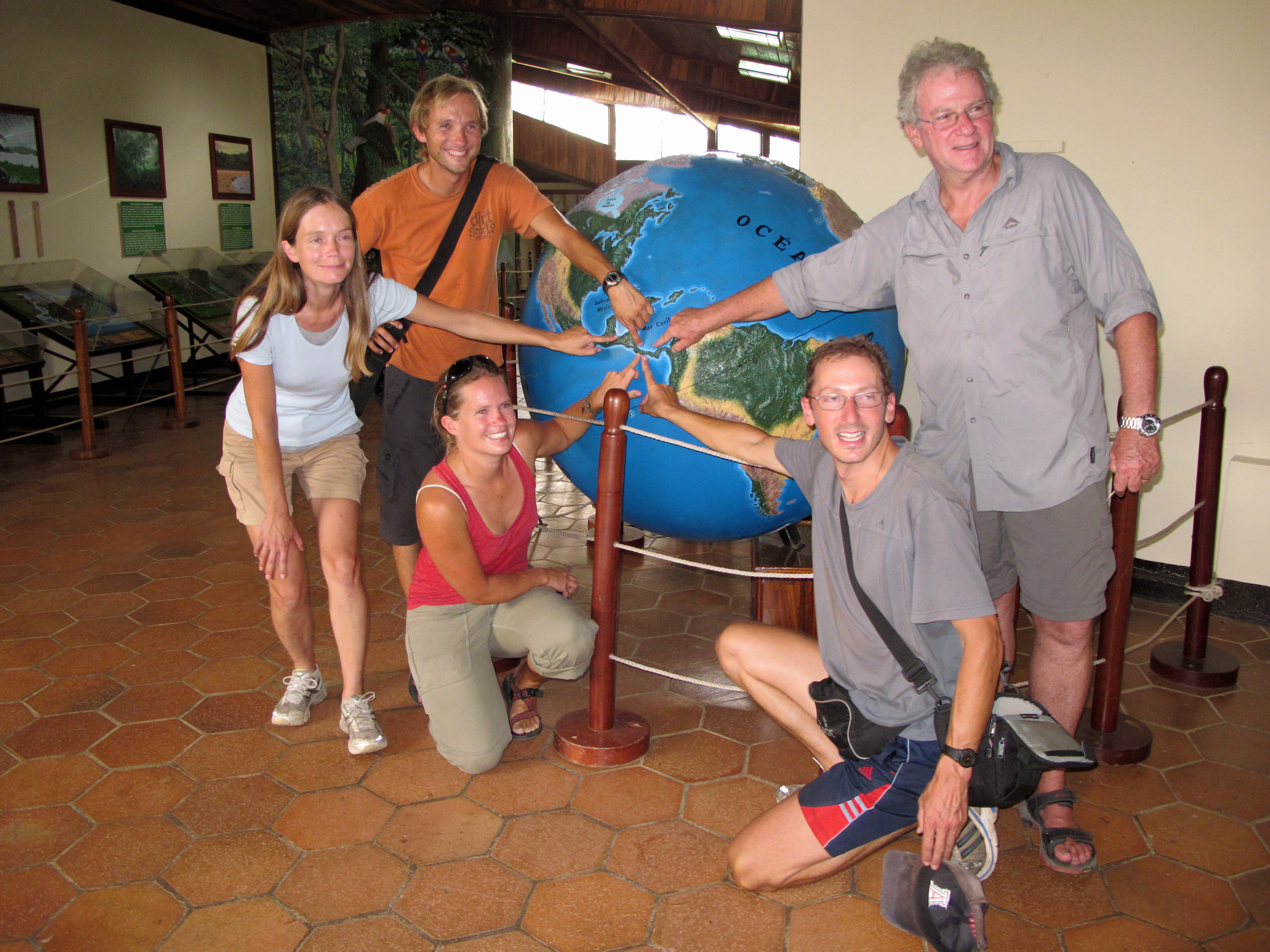
Adventurouspirits
Enlarge
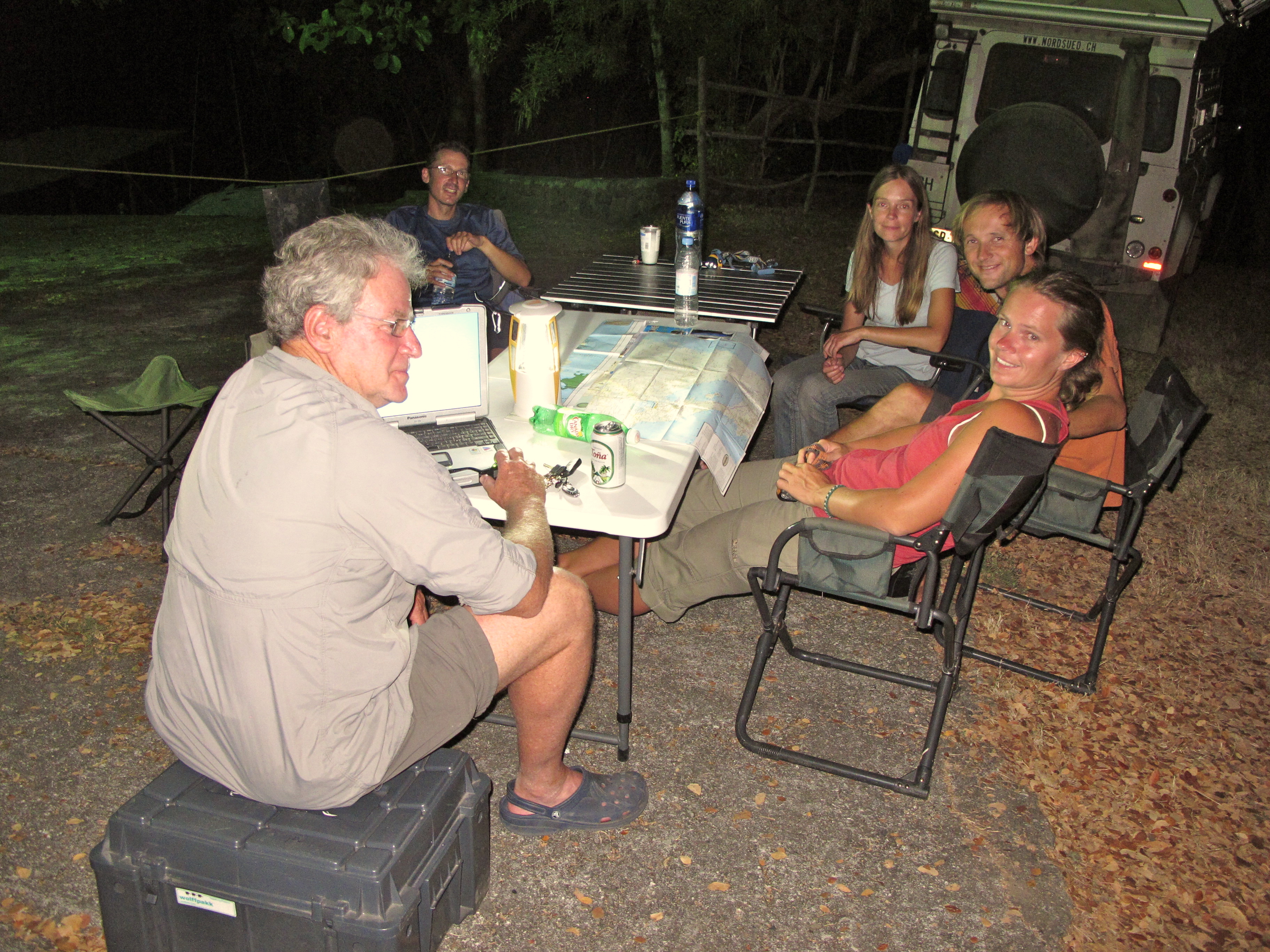
Adventurouspirits
Nicaragua has numerous lakes, rivers and more than 50 volcanoes. We all headed up to see Volcán Masaya, one of the most accessible active volcanoes in the world. We drove up through lava fields looking like a rugged lunar landscape to the edge of the smoking volcano crater. Signs in the parking lot warn that vehicles must be parked facing down the mountain ready for a quick get away should the volcano decide to blast some activity. It is eerily beautiful and we hiked around one crater, in the steamy and smelly heat of the sulphur fumes emitting from the volcano. Then we hear rumbling and the 6 of us stare down into the caldera and wonder if the volcano is about to roar into action or whether it is thunder. We debate even consider returning to our vehicles when we see the lightning and breath a sigh of relief as it is only thunder in the air.
Enlarge

Adventurouspirits
Enlarge
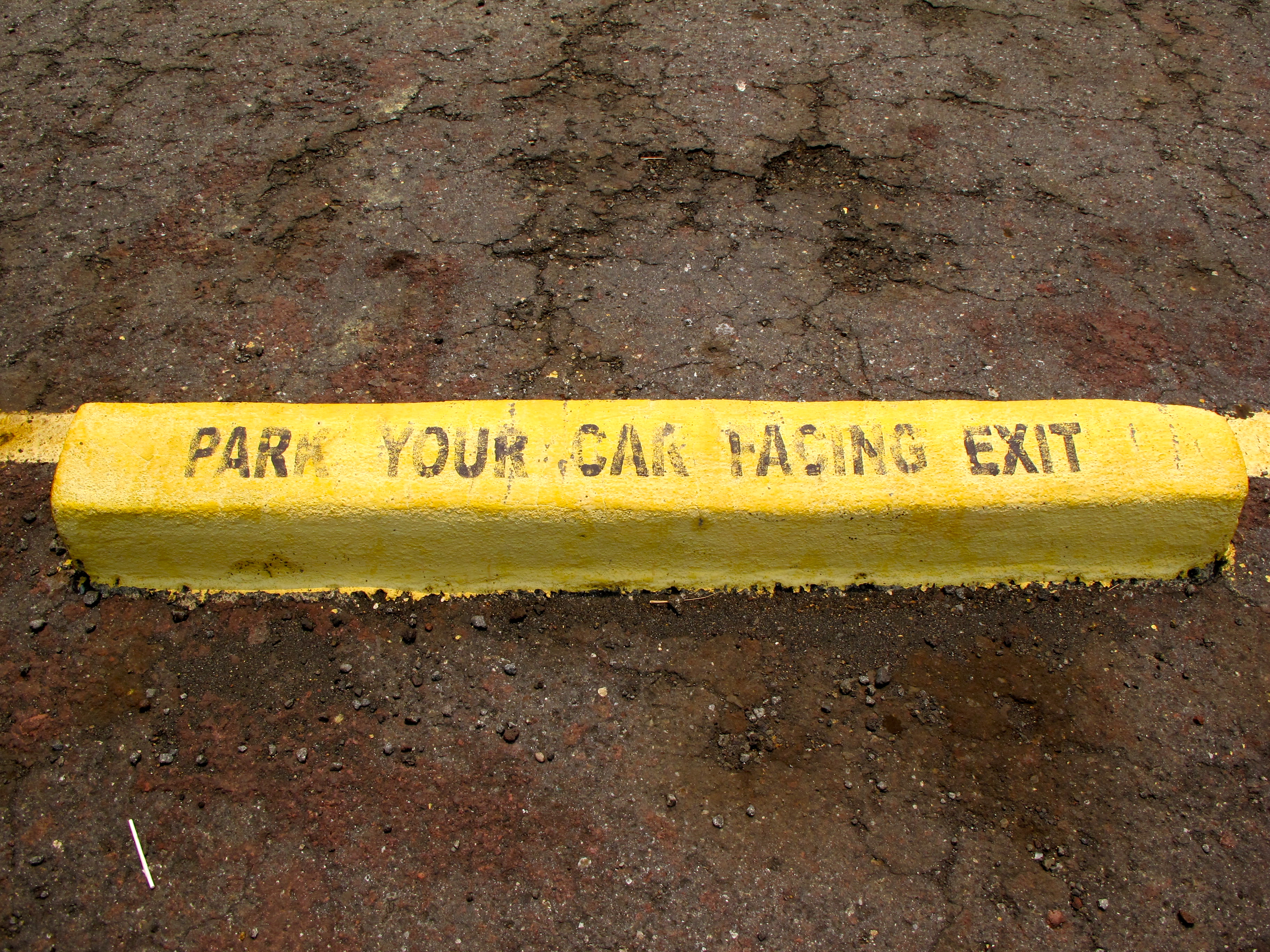
Adventurouspirits
Enlarge
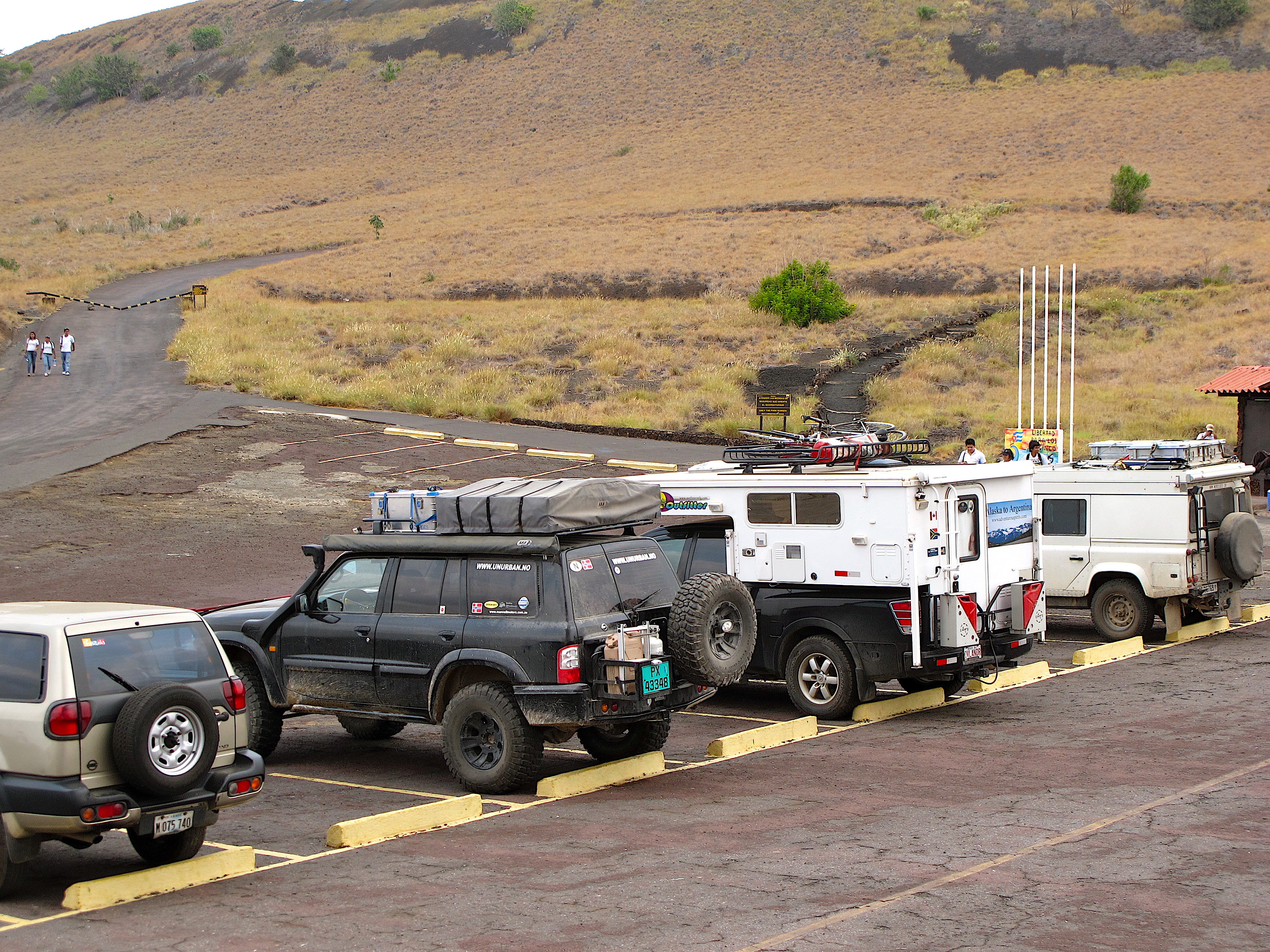
Adventurouspirits
Enlarge

Adventurouspirits
We stopped at Catarina a village with a spectacular view of Laguna de Apoyo before returning to the campsite on the shores of the lake.
Enlarge
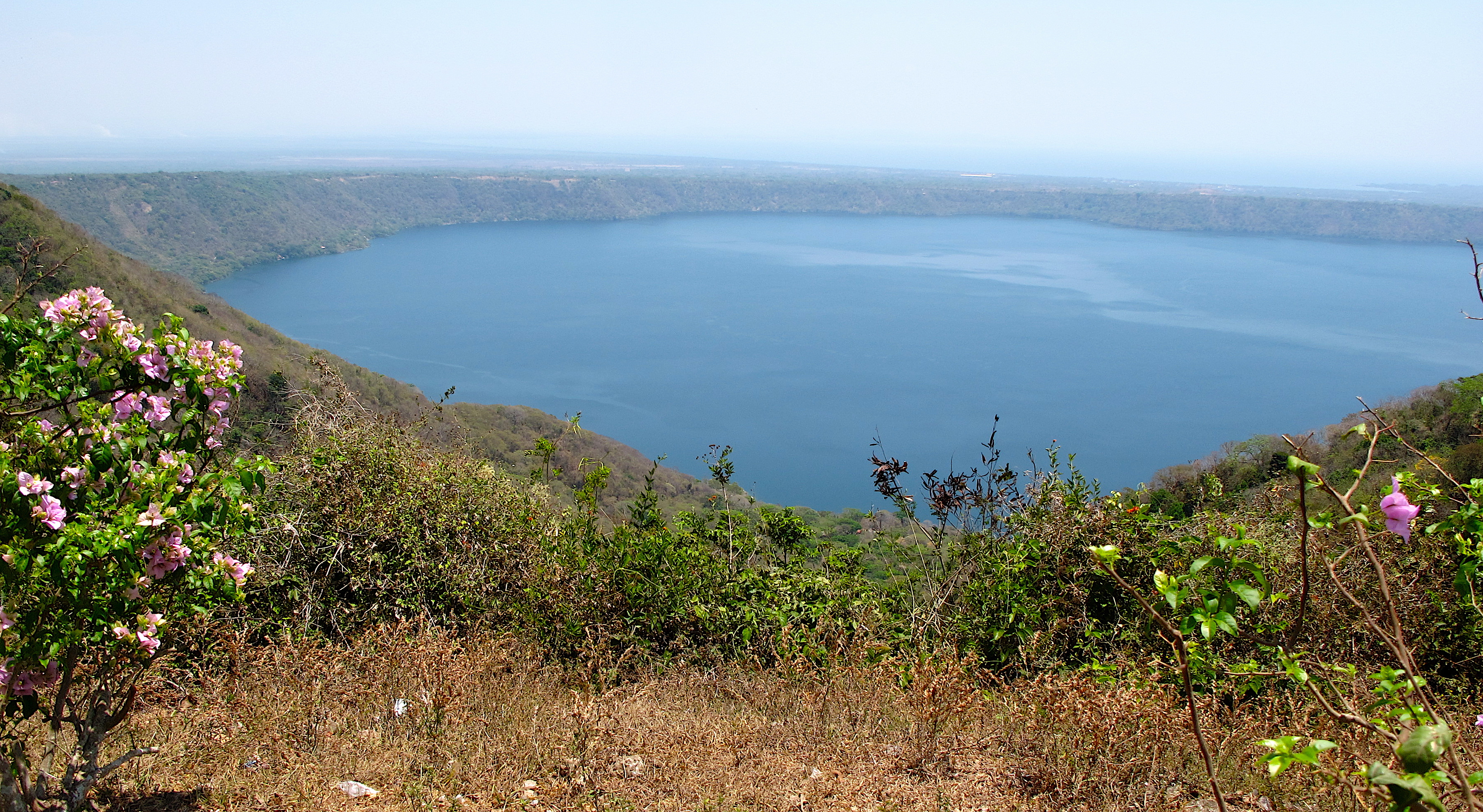
Adventurouspirits
Enlarge

Adventurouspirits
The following morning we bid our friends “adios” and head off to the Reserva Natural Volcán Mombacho. The nature reserve is one of the only two cloud forests found in Nicaragua’s Pacific lowlands. The summit has five craters all covered in vegetation and home to wild life including some stunning beautiful butterflies. We arrive at the parking lot and have to take the reserve truck up the mountain a distance of 5km. It took us 1 ⅔ hours. This was truly a case of it is the journey and not the destination!
Enlarge

Adventurouspirits
We climb on board the large old army truck and head up the steepest road ever. The only things I kept thinking is, “this would never be allowed in Canada” and “OMG we have to come back down this road”. Finally, the truck came to a halt and we were ordered out and directed to a path through the trees, “follow the rope” they called out. Yes, we needed the rope to help pull ourselves up the pathway. A small Land Cruiser pick up was waiting for us. All 18 people clambered into and onto the Land Cruiser and slowly we inched our way up further until the Land Cruiser could not make. Once again, we are instructed to climb out and walk up the steep road ourselves. We struggle slipping and sliding up this steep hillside. It would make a great double diamond black ski run. People cursed and sweated but once at the top we all again clambered into a waiting Army truck, which strained up the last few kilometres into the cloud forest. I was still alive but was dreading the trip back down.
Enlarge
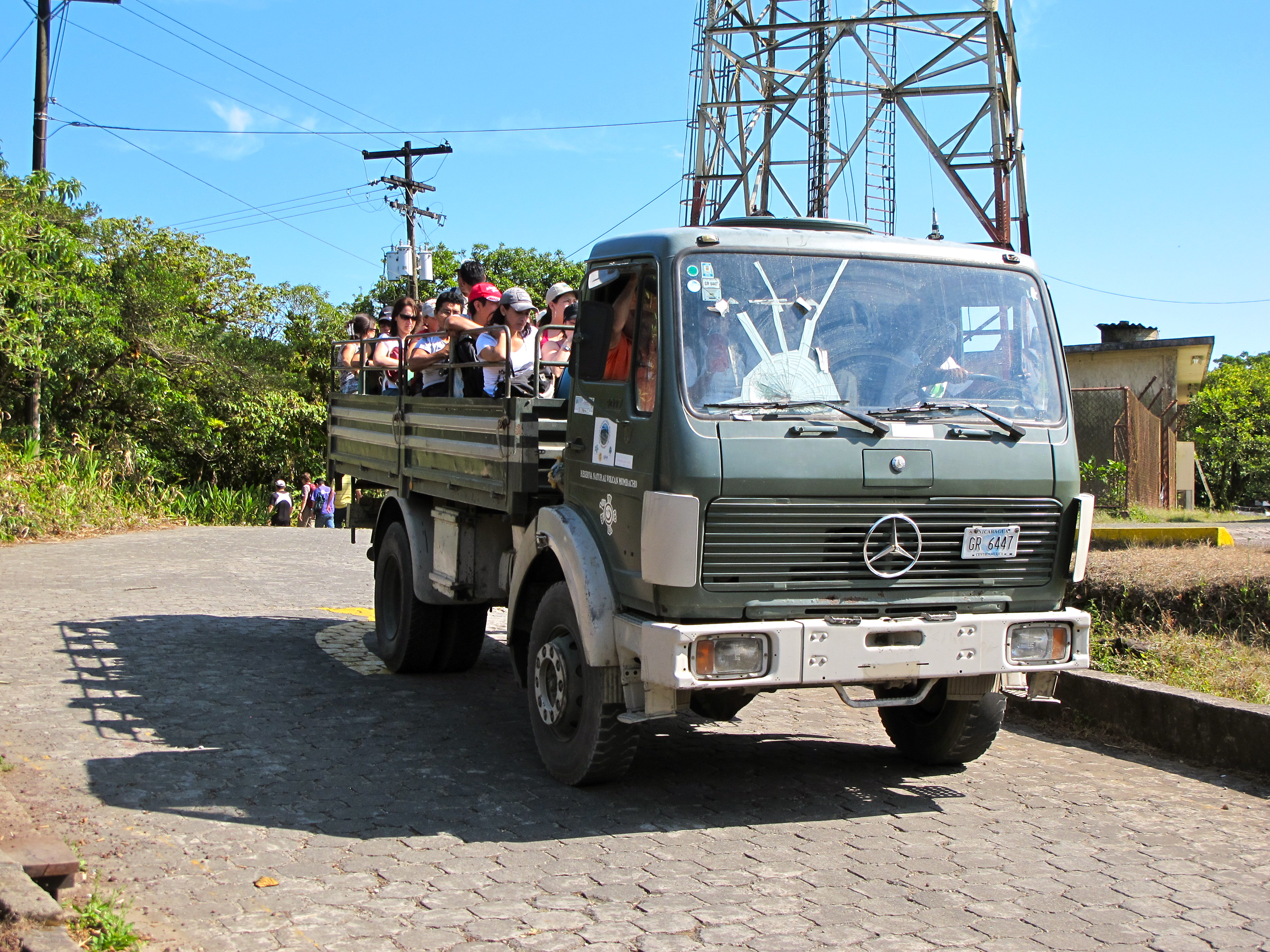
Adventurouspirits
We walked through the forest and around the crater, it was stunning. From the top, we could see Lake Nicaragua, the islands and the town of Granada. It was cooler and we lingered not wanting to leave this glorious green forest and the cooler air. The trip back down was a lot faster.
Enlarge
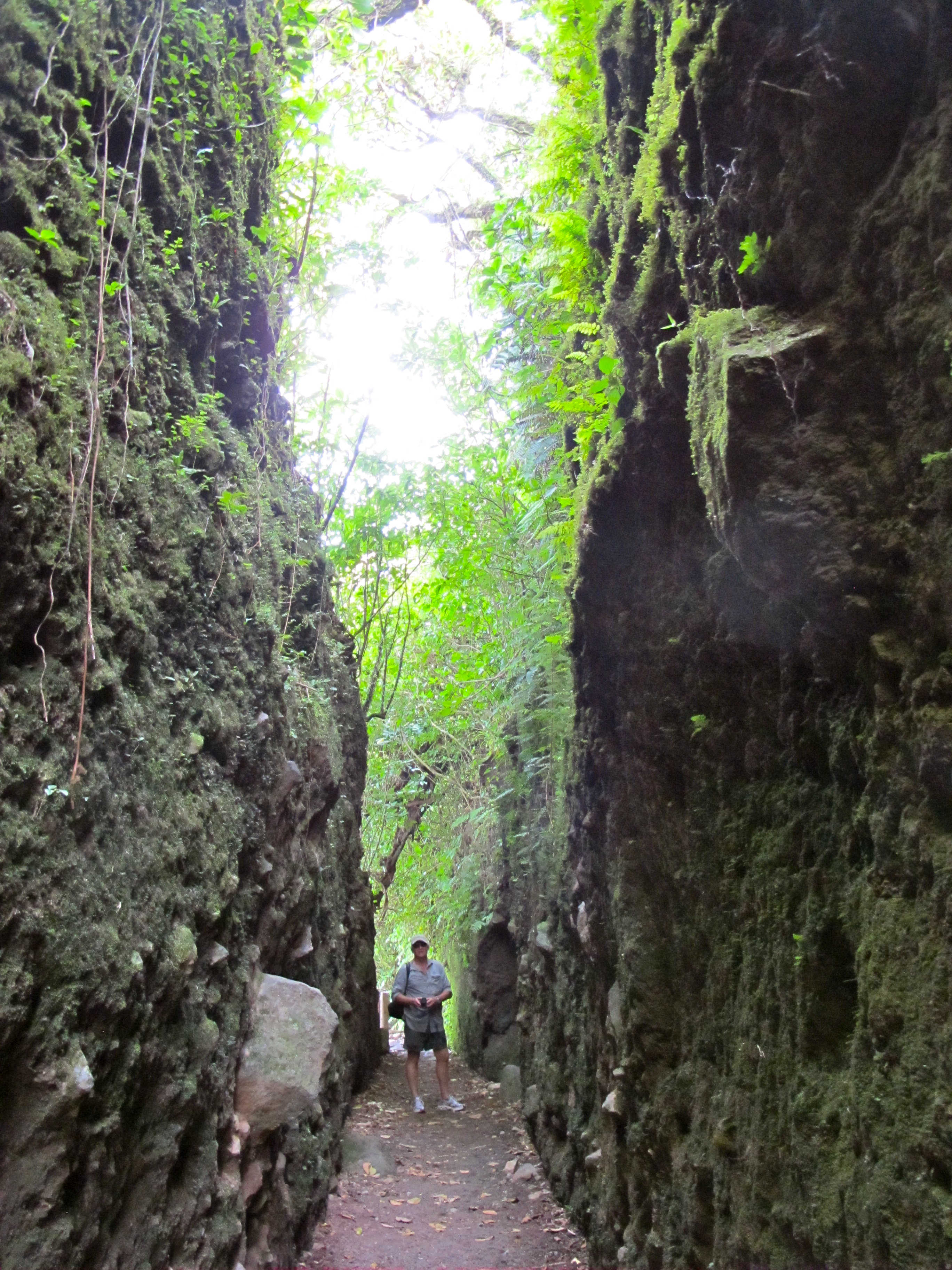
Adventurouspirits
Enlarge

Adventurouspirits
We arrived at the Pacific Ocean in the little village of San Juan del Sur and headed north from there along a bad road to beach where we planned to camp for a few days before heading into Costa Rica. The beach in the Bahia Majagual is one of the prettiest beaches we have ever seen. White sands and the pounding waves of the Pacific Ocean make it paradise. We were surprised to find that both Espen and Malin from Norway and Alex and Monika from Switzerland had also decided to camp here for a few days. We were then joined by another couple from Switzerland, so had a wonderful evening together.
Enlarge

Adventurouspirits
Enlarge

Adventurouspirits
The following day we relaxed in the searing heat, taking the occasional swim in an effort to cool down. I felt I was back in the Sahara with the sand burning my feet and the heat of the sun burning my body. Tomorrow we are heading for Costa Rica. We have loved Nicaragua; it has been a wonderful country to visit. The sea is calling so I have to go.
I am back and so excited a turtle decided to join us on the beach, what a thrill.
Enlarge
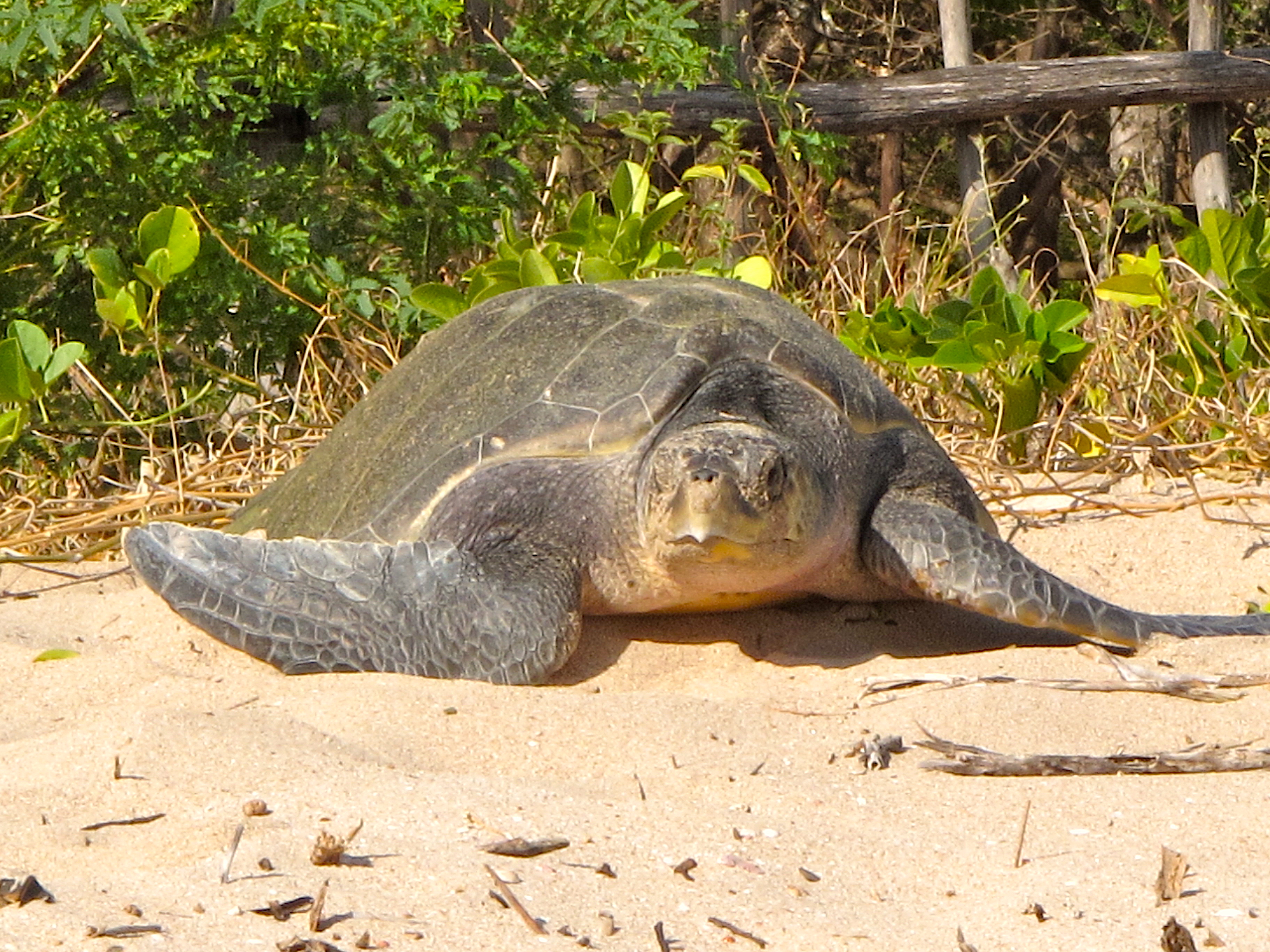
Adventurouspirits
Enlarge
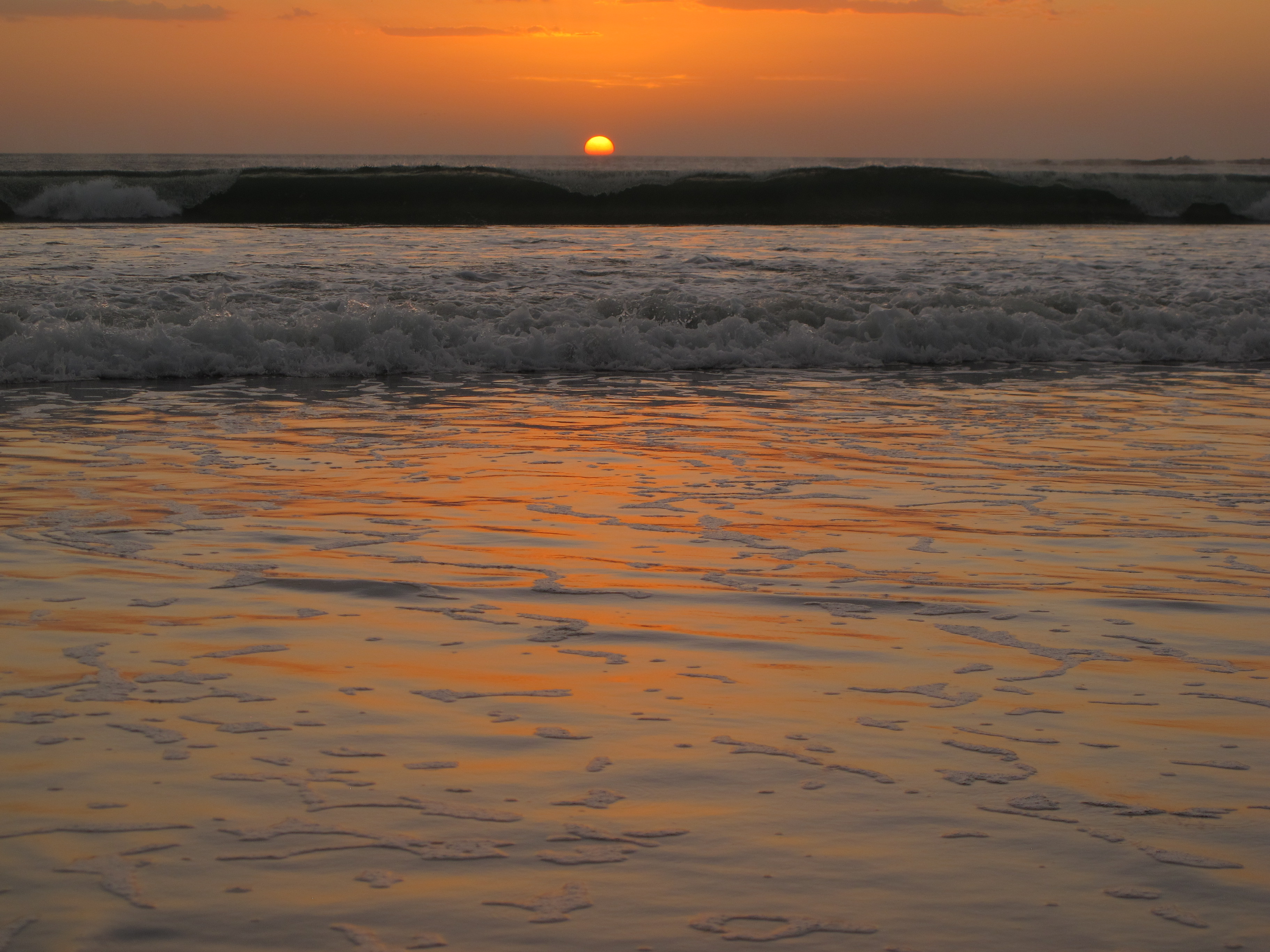
Adventurouspirits

Wailing Matilda, Wailing Matilda and this is what you get for a bribe…Poor bum!!
Keep in mind, no matter which way you point your vehicle, it’s extremely difficult to avoid a pyroclastic flow! 😉
Oh Janet. You really should try theater if you ever settle down.
Have fun with your son. I’m estimating you’ll get to Beunos Aires in another five months. Do you think Sept. is a safe guess or is it too early to tell? I don’t think I could endure the heat you are experiencing but we won’t have to worry about that. Big fluffy flakes coming down here.
I see from Frank and Issa’s Blog that your two paths have crossed. My wife Kara, was shocked to find an Alberta plate amongst their photos.
We met them near Jasper last fall and were fascinated by their story of world travel in that old orange microbus.
Slowly our definition of “Adventurous” is changing. Keep up the good work, the photos are great, website is fantastic.
We’ll be quietly watching the rest of this story unfold.
JasonAndKara.com